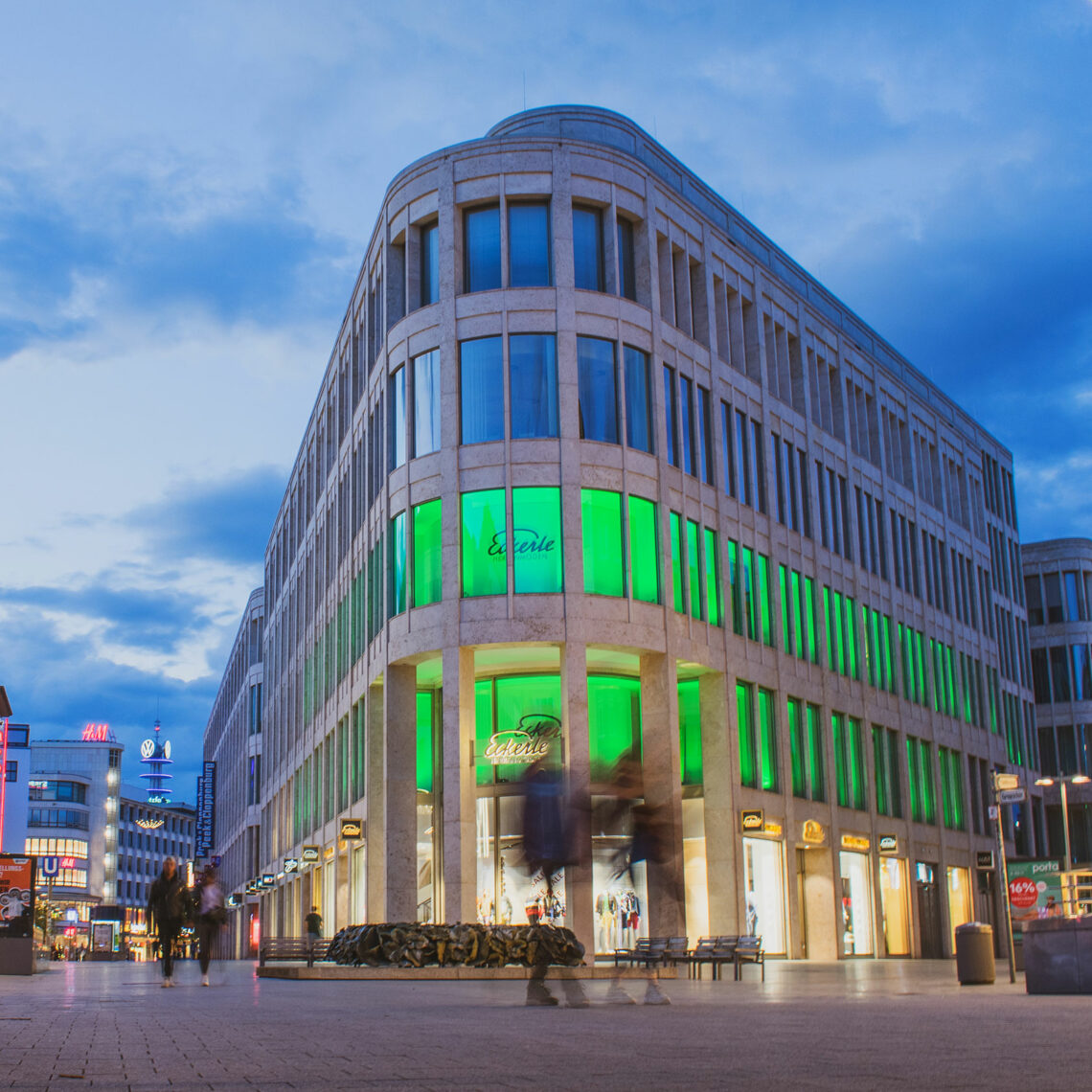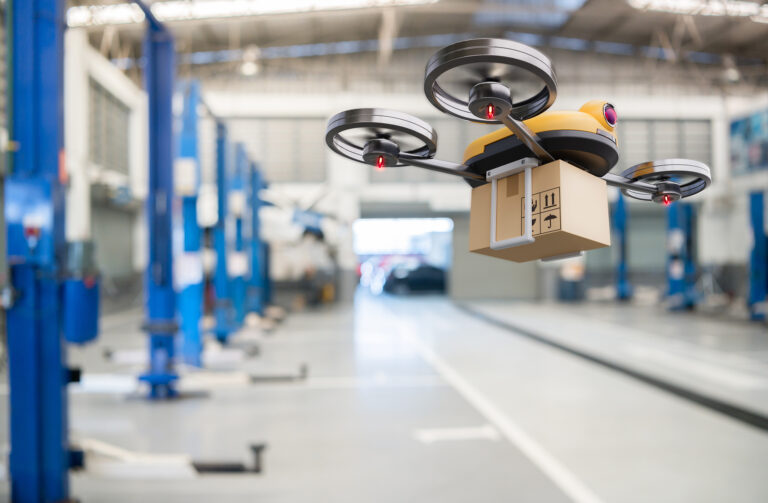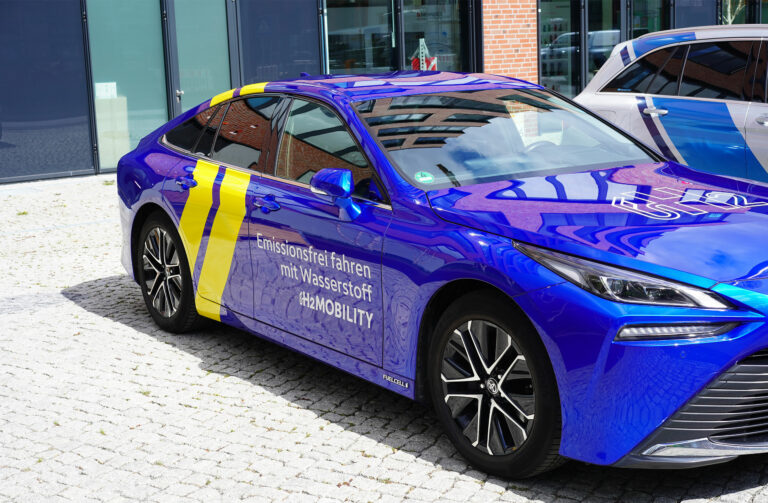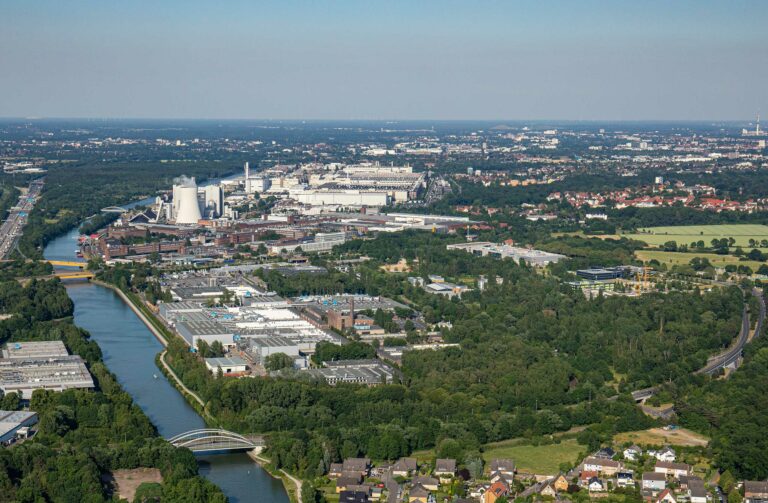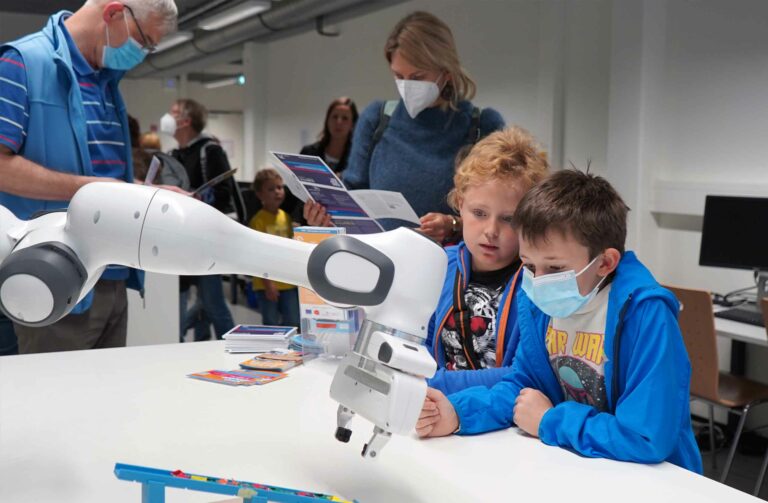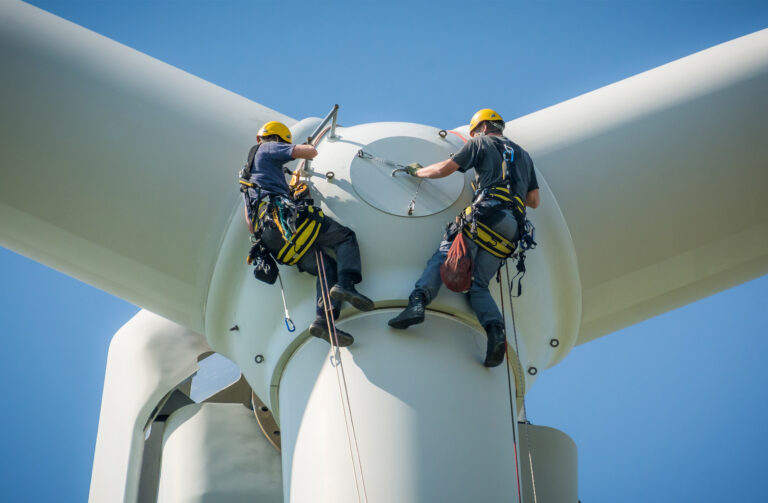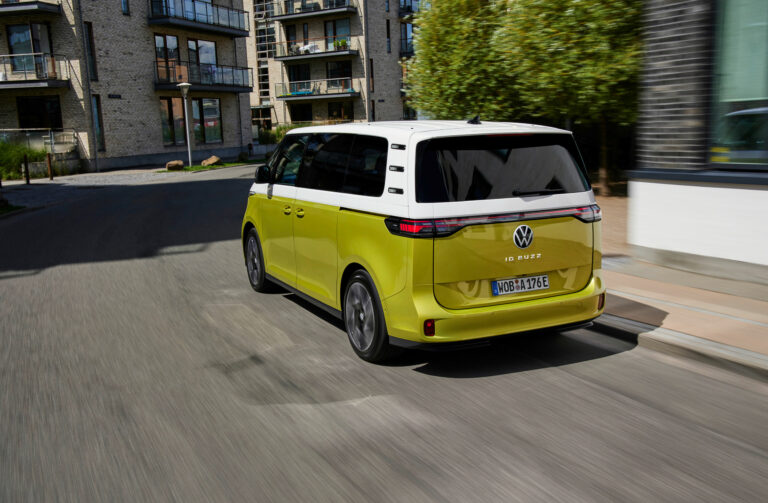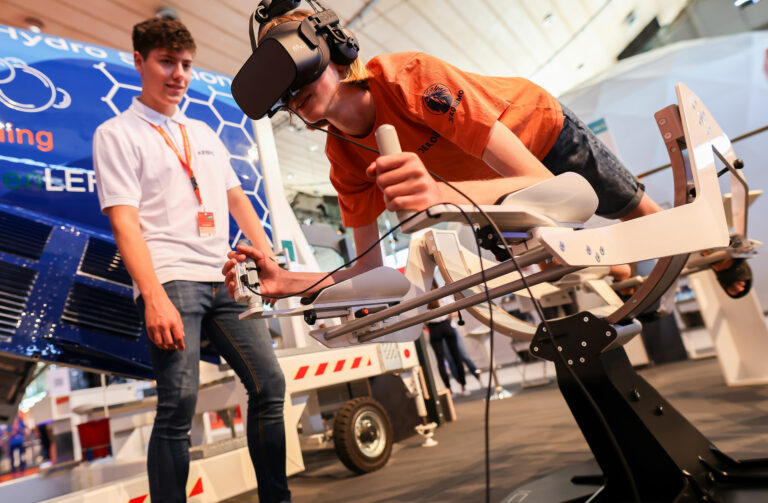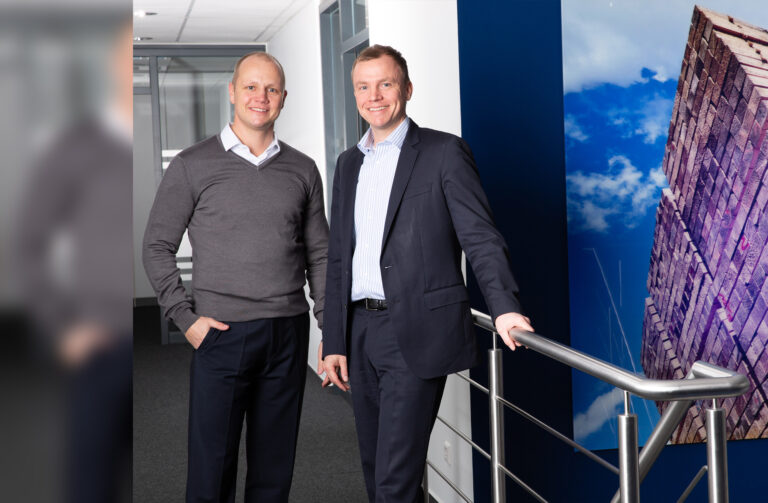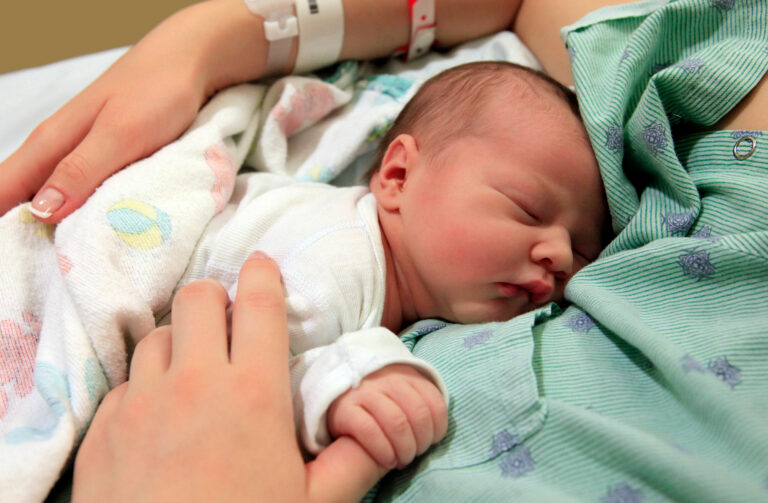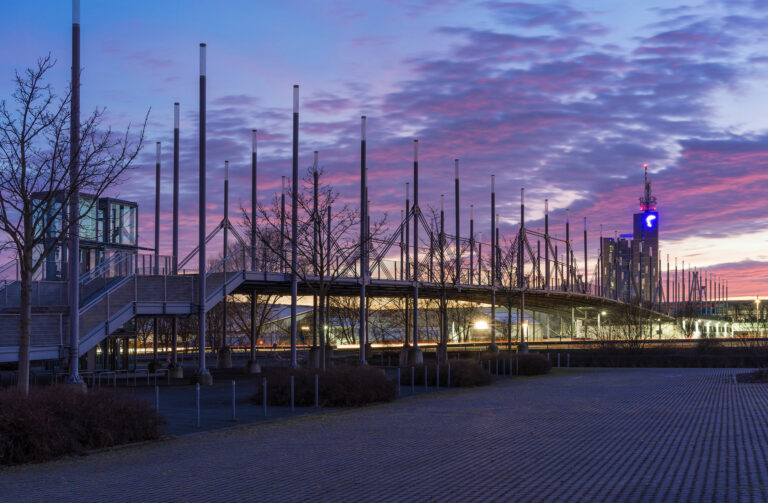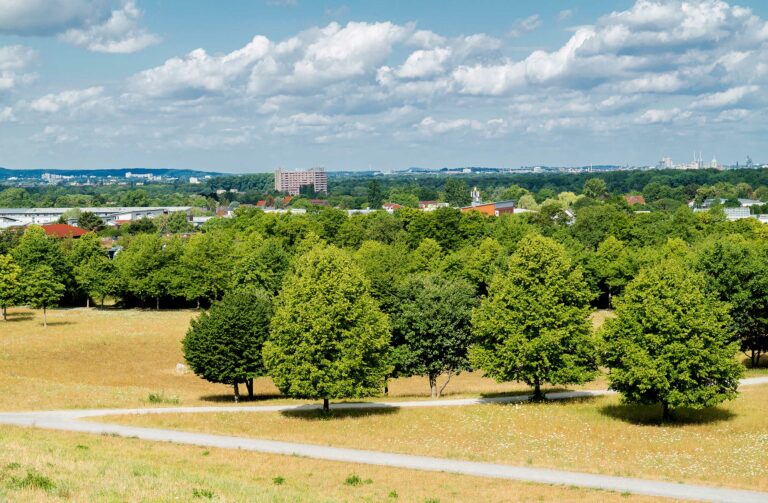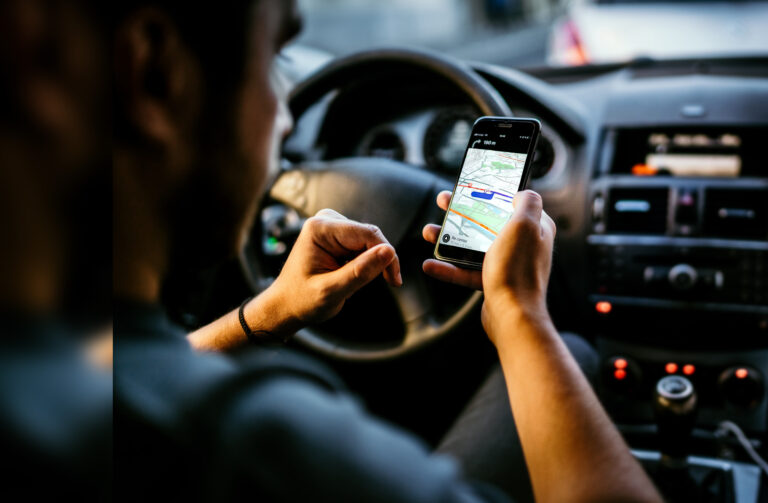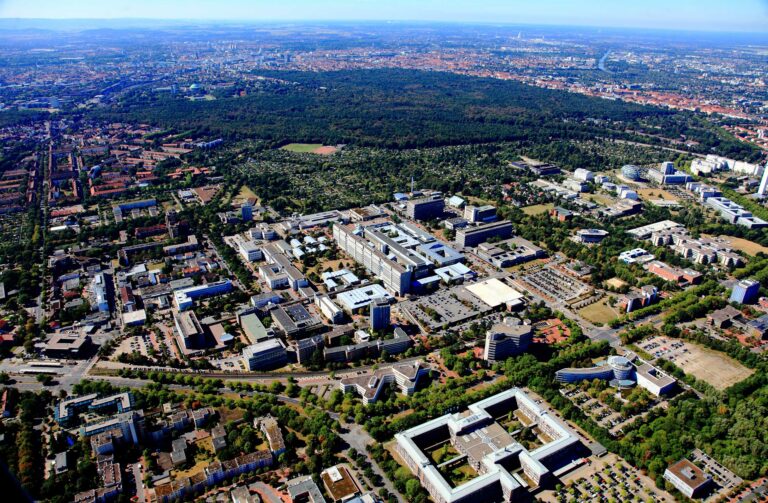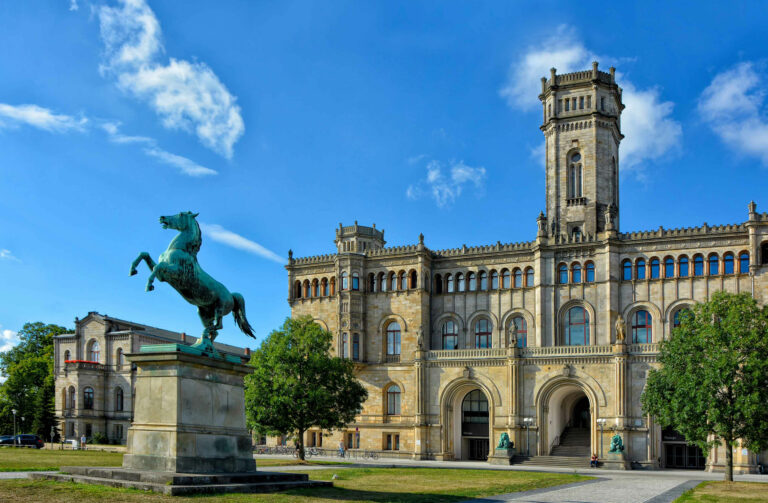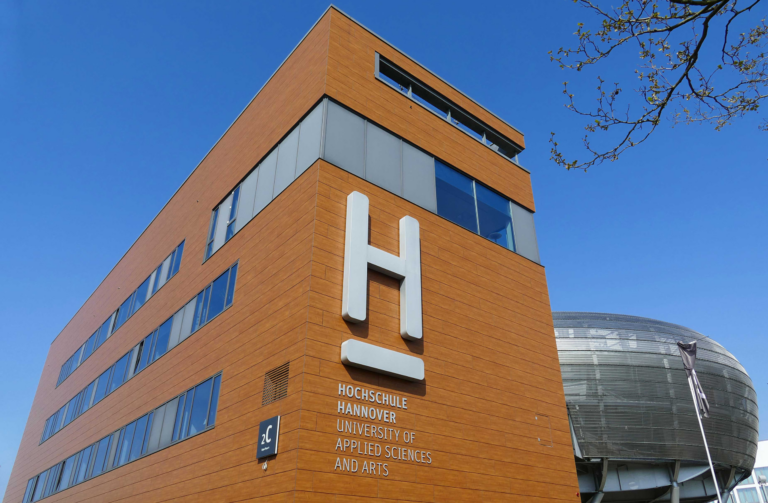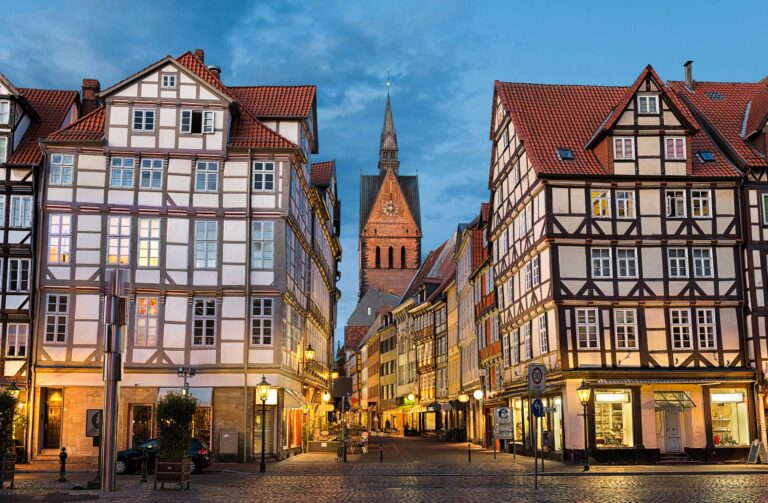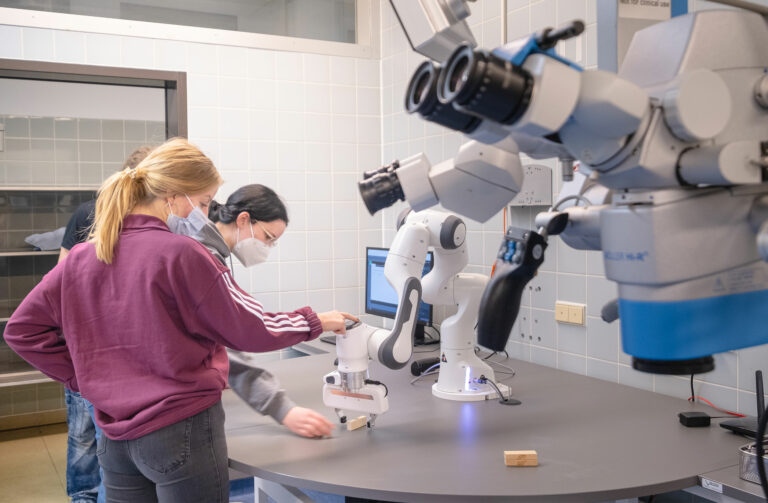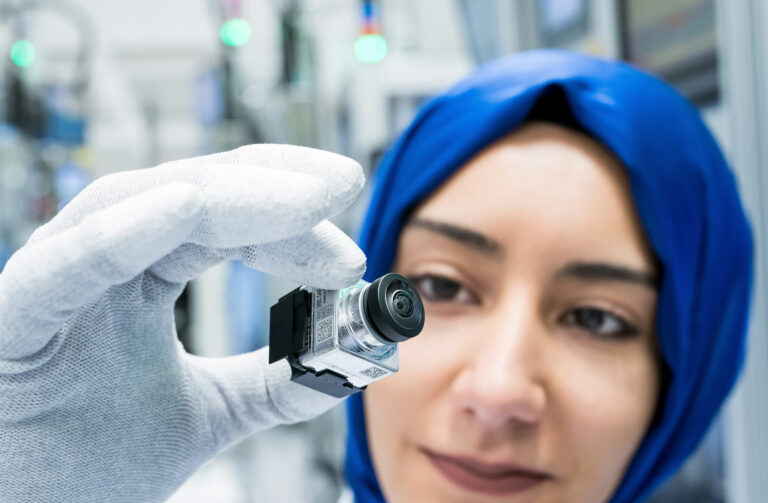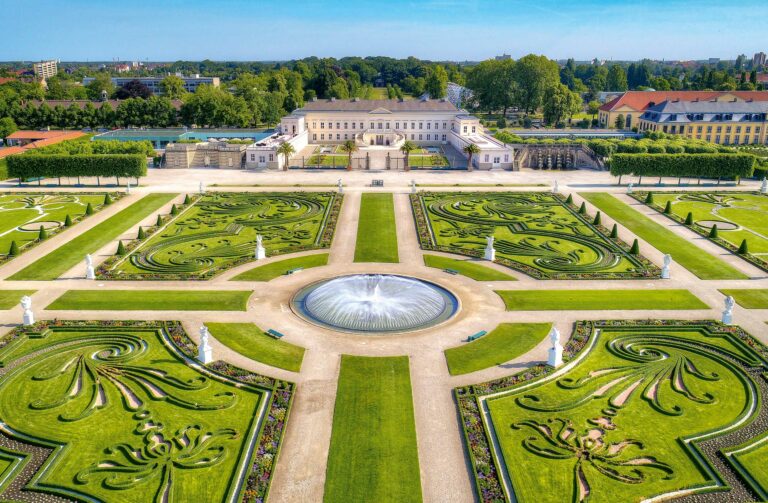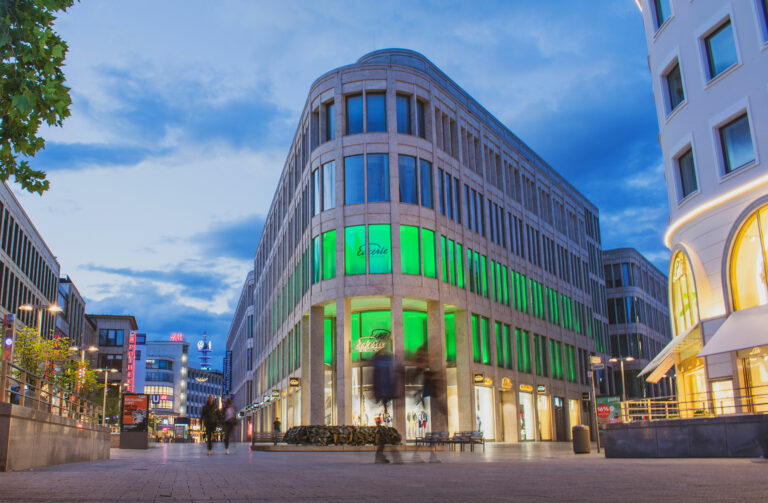Three mega trends in the city
Hannover city centre is currently reinventing itself. While large chain stores are closing down, owner-run businesses are taking an innovative approach. The retail sector is flourishing and the city is turning into a melting pot, where the pleasure of getting involved is greater than ever.
A stroll through Hannover city centre from Kröpcke across the Platz der Weltausstellung through Karmarschstraße towards the market hall goes past two special shops on the left-hand side. The first is Tee Seeger, founded in 1743 as purveyor of tea to the royal court: this goes back to the time when the personal union between Hannover and the British royal family brought tea culture to the city. Today the owner-run business is known as Germany’s oldest special tea shop, with around 130 selected teas, fine chocolates and friendly conversations with the staff.
Next door, Machwitz Kaffee offers a similar taste experience. The coffee roasting house looks back on many years of tradition extending back to 1883, when it was founded in Gdansk. The business moved to Hannover in 1919, where its coffee is still roasted today in the proven drum roasting process in the direct vicinity of the shop.
Hannover has more such owner-run retail shops. Some examples from a longer list include: Some examples from a longer list include:
- Trüffel Güse, founded in 1921, winner of the World Chocolate Award, makes chocolate truffles and other specialities according to its own recipes
- Brauhaus Ernst August, founded in 1986 as revolutionary family company with brewpub and a role model for many other similar premises
- Schuh Neumann, founded in 1903, with an early focus on sustainability and environmental compatibility
- Optiker Becker & Flöge: opened by Wilhelm Ludwig Becker in 1836 as court optician for the king. August Flöge started business with glasses in 1893. They merged in 1982.
- Parfümerie Liebe, opened by Wilhelm Liebe in 1871 in Georgstraße, still in family ownership today with the seventh generation at the helm.
What is the secret of these shops with a long tradition? How can they keep going in this day and age of online shopping and parcel deliveries? What is their approach to finding and keeping sufficient customers? What changes are taking place right now in Hannover city centre? Should one of Lower Saxony’s largest pedestrian precincts continue to grow? Should cars be banished to the outskirts? Should all visitors only be allowed to ride bikes?
After all, the city is one of Germany’s largest cohesive pedestrian precincts, gathered directly around the hub for the underground, for buses and local and mainline trains. Despite the closure of two major department stores, the area around the Kröpcke is still one of the most attractive, highest-revenue retail sites in Germany with about 350,000 square metres of sales floor. Hannover ranks sixth of 15 investigated German cities. More than 5,000 companies are based in Hannover; nearly 80,000 people work in the city and more than 36,000 people live here. The catchment area extends way beyond the Region Hannover itself and encompasses around 1.8 million people. People are attracted to Hannover from all of Lower Saxony and neighbouring states, by a range of offerings and events that include shopping Sundays with a fringe programme, late-night shopping and a colourful programme of stage shows right through the year.
Someone who detects trends early on with an ability to see the relevant developments for Hannover’s retail sector and give the right impetus, is Martin Prenzler. He is the CEO of the city business community, which pools around 560 voices from retail, business and the catering sector. Besides retail companies, the members also include the state capital Hannover, Deutsche Messe AG, the German Hotels and Restaurant Association, the municipal utility company and the bank and insurance companies in the city. The main objective of all stakeholders is for the city centre to be attractive all year round. This includes making it a comfortable, safe and clean place to be. The city-centre dialogue is currently taking place on all levels of administration, politics, society and business, discussing how to transform the city.
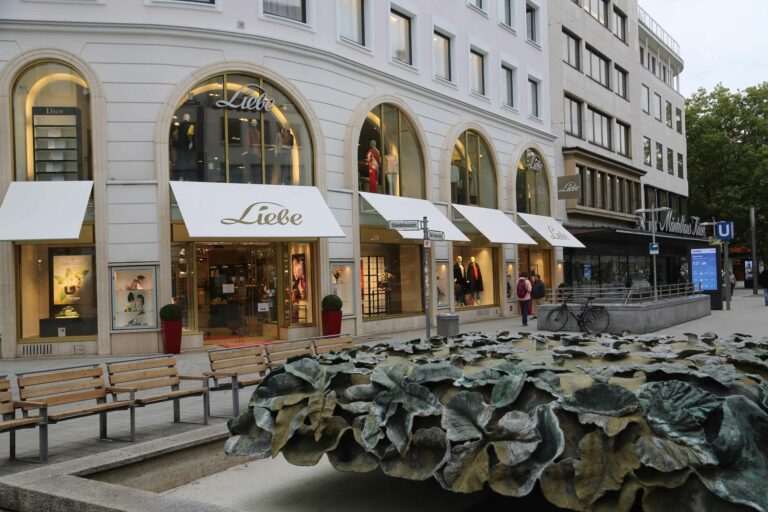
Mega trend number one: giving people a say and getting them involved
“I’m quite confident that this city-centre dialogue will work”, ensures Martin Prenzler, who is noticing a lot of lively interest. For the CEO of the city business community, one of three mega trends also currently playing a great role here in Hannover, consists of getting people to participate in shaping the city. The authorities have also learnt quickly, says Prenzler. In contrast to the past, the demand is no longer for ready-made solutions. “The citizens want to be involved, to have their say and even initiate changes.” An important buzzword in this context is acceptance among all stakeholders.
One of the aims entails having fewer cars, less through-traffic and less road-side parking, while at the same time still ensuring that car parks are easily accessible.
New park-and-ride facilities should also be created on the outskirts. Right in the city centre, there are plans for generous open spaces where people can saunter and stroll around. More green vegetation should be planted to generate a better climate: after all, the temperatures in the city centre are around two degrees higher than in the surrounding region. In an interview with the city magazine “nobilis” (podcast episode 8 – Transport in the Future), Hannover’s mayor Belit Onay (The Greens) says: “The goal is shared by many: we need more cycle paths, more space for cyclists instead of cars, more local transport and open spaces for pedestrians.“ Onay calls this “time for decelerating and for a greater quality of life”. The city business community sees things in a similar way but with a different accent. Martin Prenzler says: “The city centre must be accessible for all means of transport.”
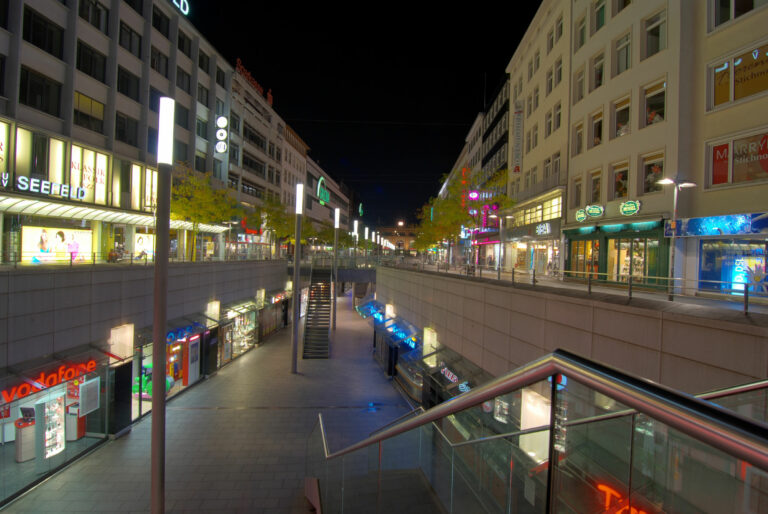
Mega trend number two: significant changes in building usage
Demand for housing is on the increase again, particularly in upper storeys at the heart of the city, usually from young people who enjoy the flair and want to be in the midst of it all. They are also willing to ignore the noise of early delivery traffic to the shops, says Prenzler. Occupancy of the various storeys in city-centre buildings is generally going through rapid change. While up to the mid-noughties almost any price was paid, the costs are now optimised. There are still many shops in ground-floor premises, including an increasing number of eateries. Law firms and doctors’ surgeries can be found in the middle storeys, with easy accessibility of premises in the city centre boosting patient and client footfall frequencies. “Medical equipment needed by a doctor pays for itself much faster in the city”, explains Prenzler. It will therefore be interesting to see which new usage solutions will be successful for vacant buildings, including the Karstadt department store.
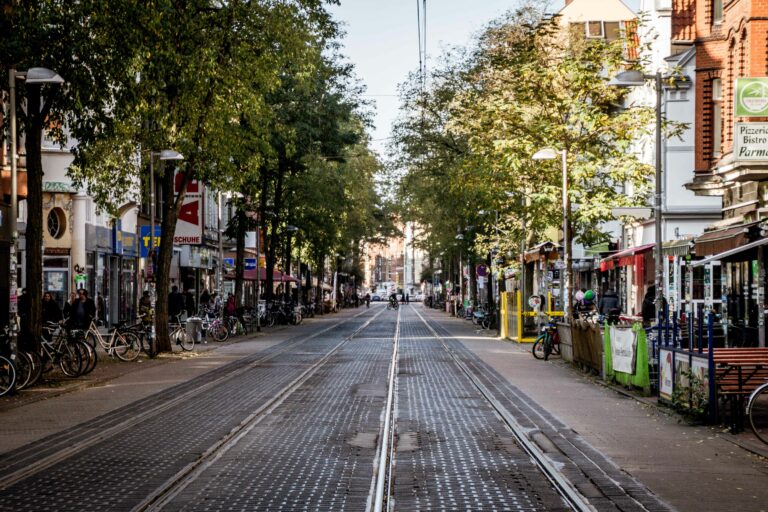
Mega trend number three: a flourishing melting pot
City centres are growing increasingly heterogeneous, and that also applies to Hannover. A good mixture is what counts. This results in a melting pot of culture, architecture, leisure and social interaction, while also offering a great shopping experience. People are social creatures who like to meet others and find distraction. “That’s why they come into the city centre”, ascertains Prenzler. A comparison of the figures for Hannover in 2008 with 2017 shows that there are fewer businesses in the city centre, but with more space and more turnover. Recognising and accompanying upheaval is a particular strength of the city society, says Prenzler. In the late 1960s, competition grew from green-field shopping centres. E-commerce on the internet has been growing since the 1990s. But it is precisely the long-standing shops that know how to make the best of this:
they use the internet to expand customer loyalty by responding with greater precision to customer requests. They also have a better idea of what customers want today. This is often the advantage of well-established businesses: they are experienced and skilled in taking up new developments and putting them quickly into effect. For example, a customer entering an owner-run shop will find not only friendly service but also good advice. The staff take time for an informal chat with the (regular) customer, which is a good way of cultivating customer loyalty. This kind of shopping atmosphere is still convincing, alongside the first-rate quality of many products.
Other shopping centres near the city and in the surroundings
Besides the city centre itself around the main station (the A-centre), market researchers have also identified other shopping centres in the suburbs. The Lister Meile north of the main station is the B-centre. It celebrated 50 years of existence in 2022, having emerged out of the construction of the underground. In those days, many were rather sceptical about these “new-fangled boulevards” with their street cafés. “People in Hannover don’t sit out on the street”, was the abrupt comment. That has changed, thank goodness. Market research has also identified 9 C-centres, 21 D-centres and 22 E-centres. The districts of Linden or Limmer to Kleefeld or Sahlkamp in particular are witnessing the emergence of a lively socio-cultural mix with initiatives, businesses, innovative eateries and amazing diversity.
The same has happened in the surrounding areas. Lehrte has seen the development of a modern, appealing shopping world next to a new car park, while a unique mixture of shops, eateries and entertainment has developed in Langenhagen. Whether Neustadt am Rübenberge or Barsinghausen, Burgwedel or Burgdorf – everywhere retail businesses are setting new accents, finding niches for sophisticated offerings and inviting customers to enjoy a great shopping experience. Living change would be a suitable motto.
Header picture: Wirestock/stockAdobe.com

